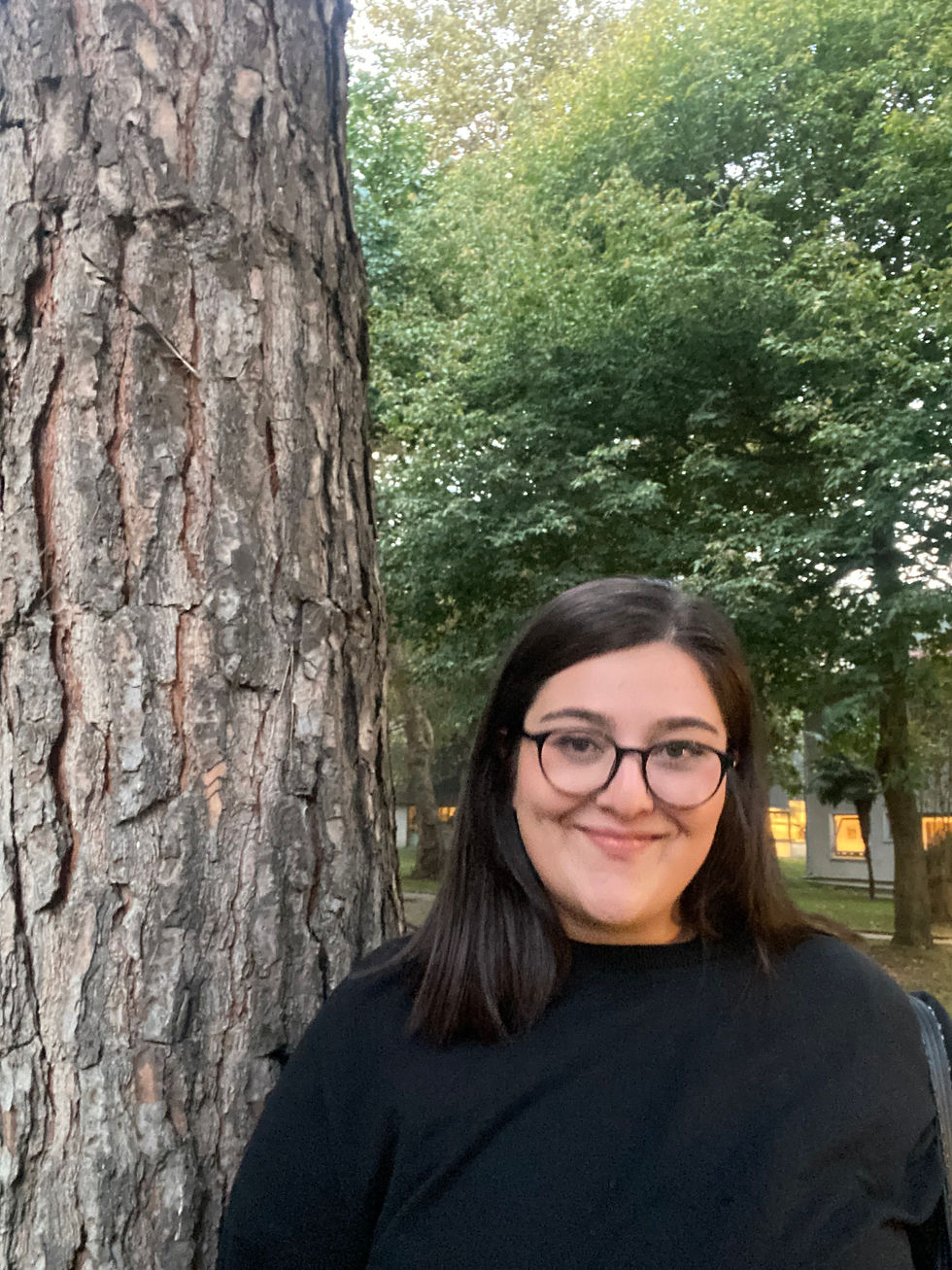What is "Hayvanât"
We bring together scholars working on the geographies covered by the Ottoman Empire and promote collaboration and knowledge sharing. We aim to increase the visibility of all kinds of work on nonhuman animals. Furthermore, by helping to understand the transformations of human-animal relations and interactions in different contexts, we serve to build a more equitable past and future.


We are a “History Network” but how?
The idea of establishing an academic network on animal history emerged in the fall of 2023. When we were talking amongst ourselves in the corridors of the E2 building of the Santral Istanbul campus, we could never have imagined that within a few months we would be able to reach hundreds of people from different parts of Turkey and the world.
Dr. Cihangir Gündoğdu, Research Assistant İbrahim Can Usta and Ege Günalp, a senior student at Istanbul Bilgi University History Department, and Deniz İnce, a graduate student at Boğaziçi University History Department, who is also a graduate of Bilgi History, decided to put their heads together and started working on the network.
So, Why "Hayvanât"?
Well, in fact, the name “Hayvanât” emerged as a product of exhausting brainstorming. In the Faculty of Social Sciences and Humanities, which welcomed the preparations with great excitement, the fact that a vulgar-sounding word like “Hayvanât” would receive an e-mail address and website with a university extension, of course, caused endless jokes and laughter.
This new initiative of the university, which aroused sympathy from everyone, was officially recognized as a research group in December 2023, with the endless support of our dean, Pınar Uyan Semerci.

March 28, 2024
Introduction Meeting
The meeting announcement circulating in academic email groups introduced us to dozens of researchers representing different universities and different academic disciplines in Turkey within a few weeks. This interest could not have been more than an indication of the need for an academic network on animal history in Turkey.

hayvanât.bilgi.org.tr
Our website preparations, which started under the guidance of Tarık Kavaz and progressed with Deniz and Ege's curious experiments, took on a quality that we could never have imagined before with the involvement of Özgür Taylan Çelik. After a long process involving countless correspondences, meetings, and fun user experiments, our dear friend Taylan's months of hard work gave Hayvanât its unique face.
_JPG.jpg)
.jpg)
Deniz Dölek Sever, Dilara Turan, Eylül Alnıaçık Özyer, Mine Yıldırım, Nihan Ketrez, Özlem Güçlü, Seda Şenvarıcı, Sibel Yardımcı, Zeynep Talay Turner, İnci Bilgin Tekin and many other teachers and participants who have been walking this path with us since our first step...

The energy and diversity that dominated the meeting heralded the success of the first step of the Hayvanât.
History of Our Logo
What kind of logo would represent Turkey's first academic animal history network?
Most of the dozens of creative logo alternatives suggested by the university's marketing department and Ezgi Demirci focused on the name of the network or a specific animal figure.




But our real eureka moment was with this logo!
It was not easy for the team to choose the current logo from dozens of options. The two abstract figures in the logo chosen after long meetings reflected the human-animal interaction and the flexibility of this interaction in a very creative way.

Our new logo, which was then updated with Taylan's small touches, has now given us a comprehensive design system that we will keep in mind when designing content. This system will both standardize our logo and make our content creation processes more efficient and consistent.
Resources are Our Common Effort

Hatice Koç

Aybüke Baran

Emelnur Ketencioğlu
One of the most important resources that shaped Hayvanât as a network was the efforts of students. The interactive database that researchers will refer to was built on the meticulous work of Hatice Koç and Aybüke Baran, who scanned hundreds of pages of bibliography. The book review articles prepared by students taking the HIST 413: Animals and Environment course offered at Istanbul Bilgi University both provided examples of animal history literature for our website and, more importantly, fostered the interest of young researchers in this field.
